Yang Peng
Advisor: Carlos Rueda
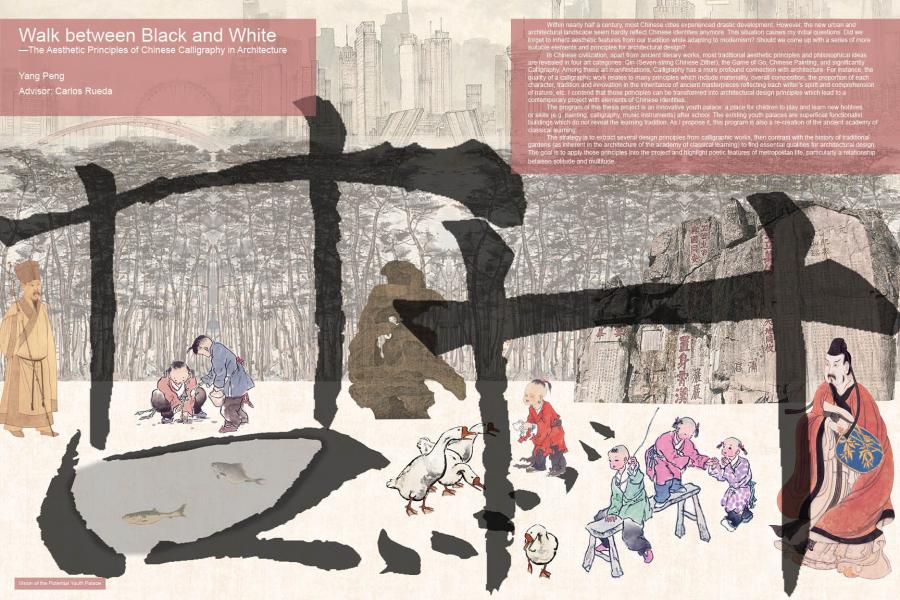
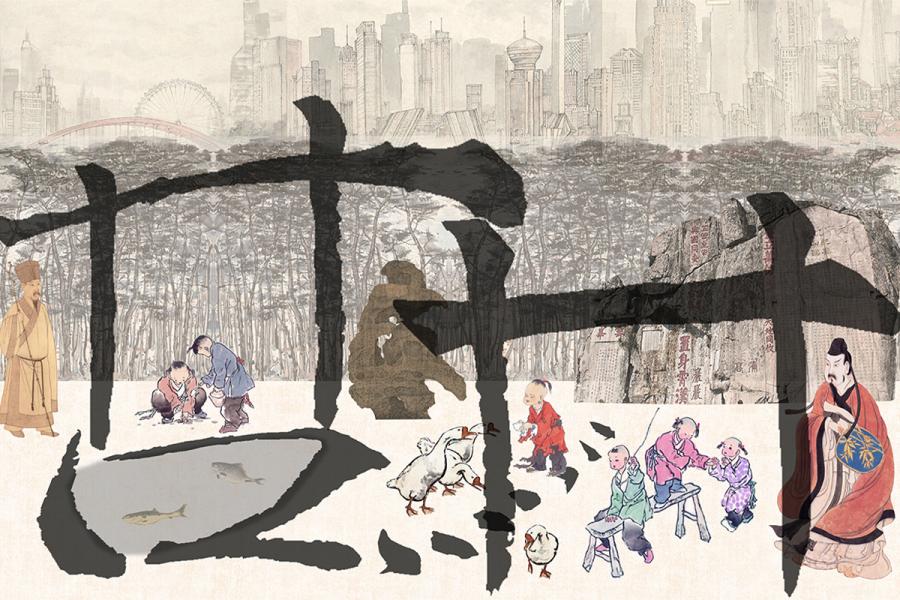
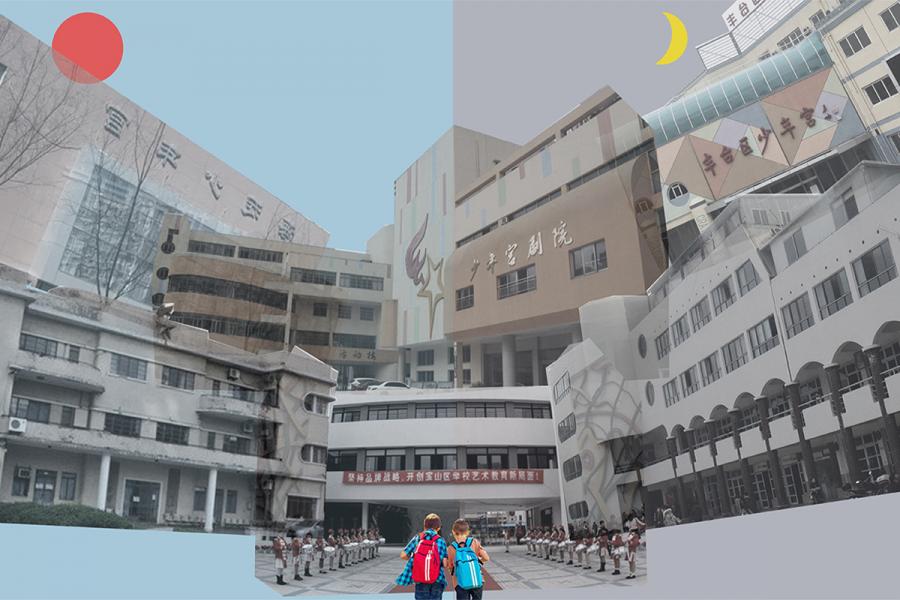
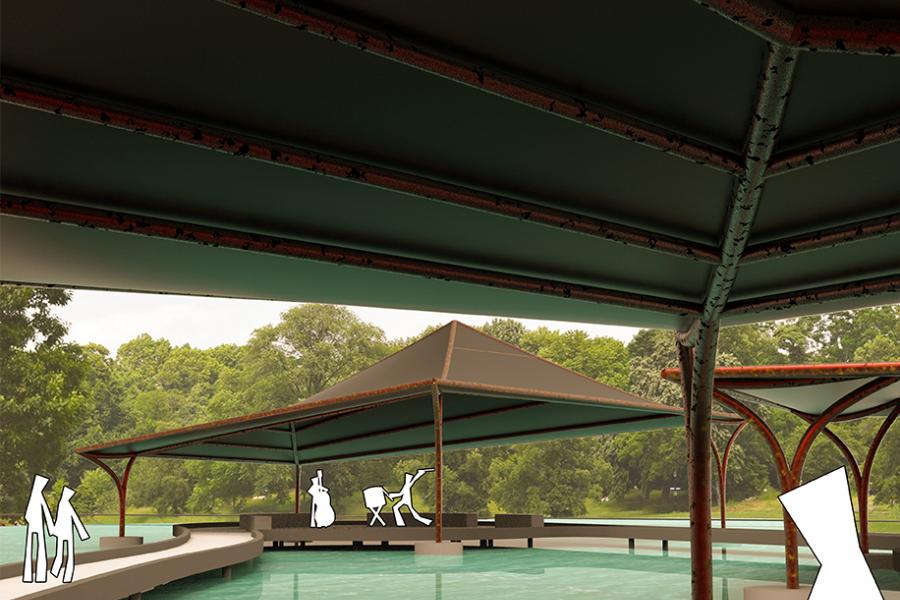
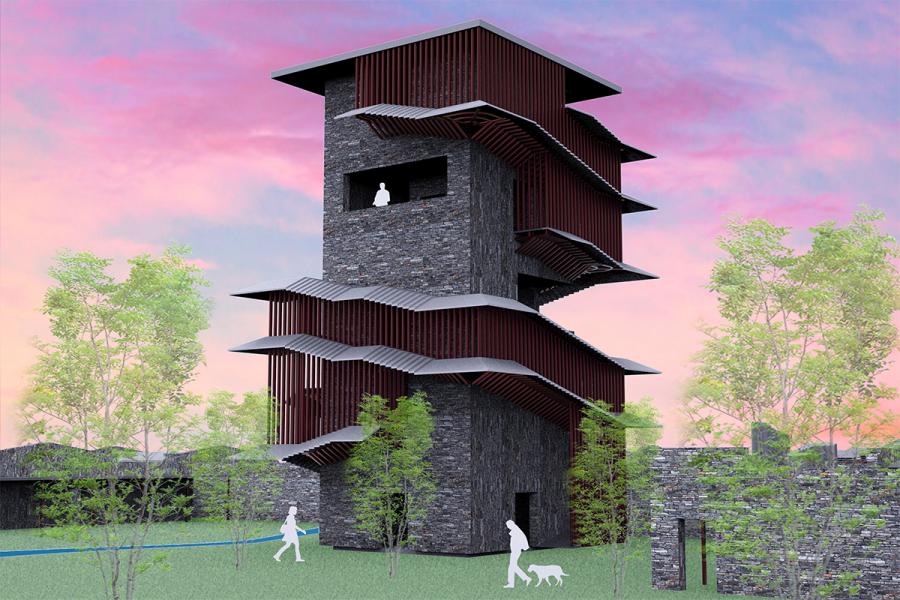
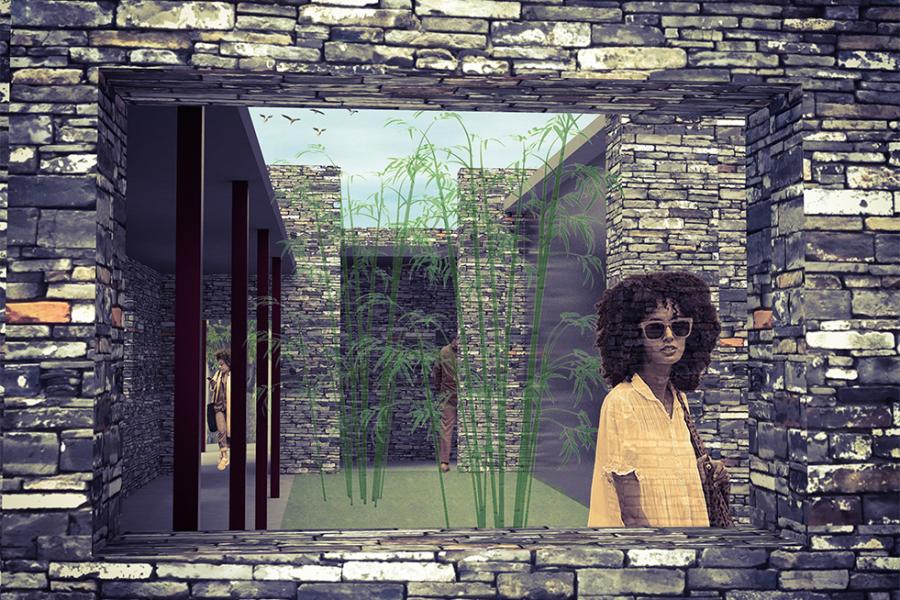
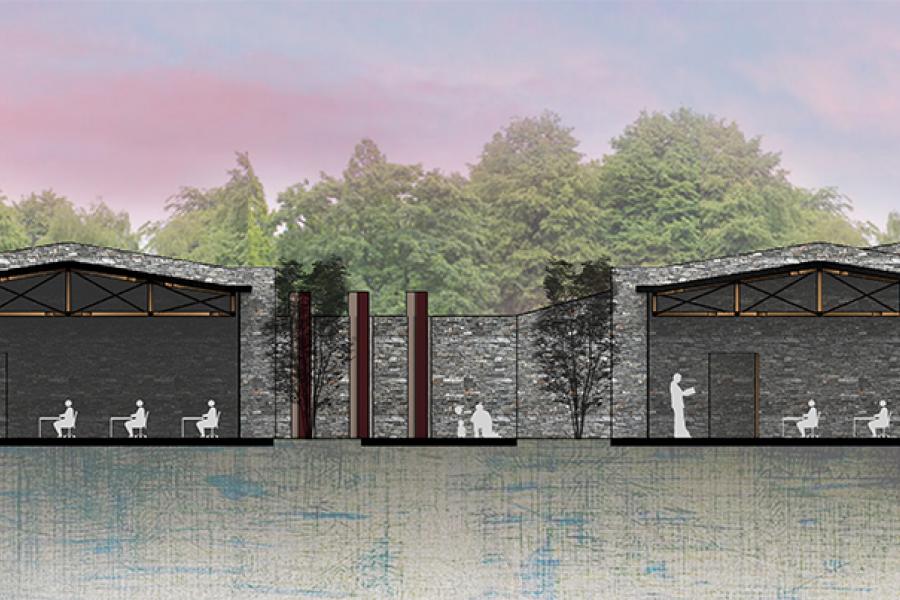
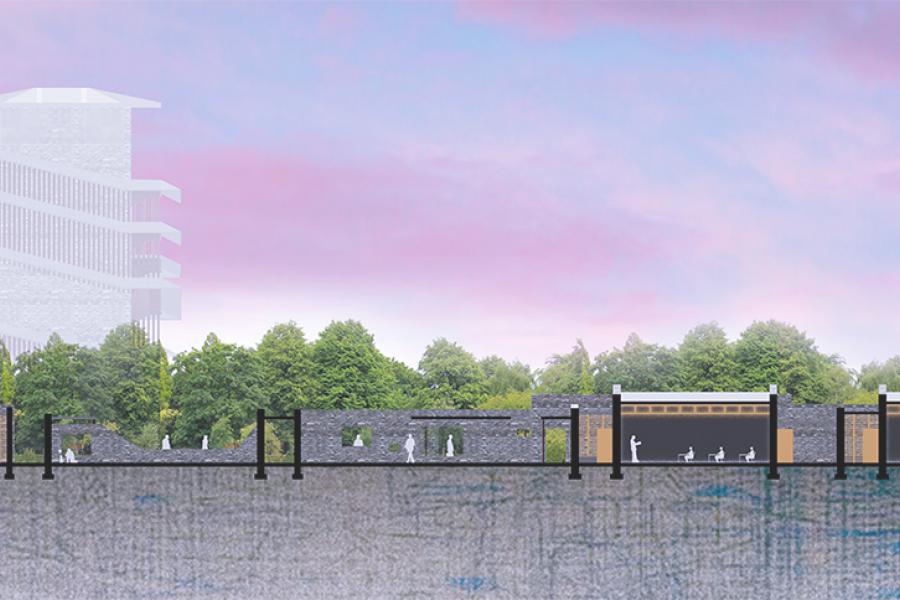
Walk between Black and White
—The Principles of Calligraphy in Contemporary Architecture Design and the Renewal Application of Youth Palace
Within nearly half a century, most Chinese cities experienced drastic development. However, the new urban and architectural landscape seem hardly reflect Chinese identities anymore. This situation causes my initial questions: Did we forget to inherit aesthetic features from our tradition while adapting to modernism? Should we come up with a series of more suitable elements and principles for architectural design?
In Chinese civilization, apart from ancient literary works, most traditional aesthetic principles and philosophical ideas are revealed in four art categories: Qin (Seven-string Chinese Zither), the Game of Go, Chinese Painting, and significantly Calligraphy. Among these art manifestations, Calligraphy has a more profound connection with architecture. For instance, the quality of a calligraphic work relates to many principles which include materiality, overall composition, the proportion of each character, tradition and innovation in the inheritance of ancient masterpieces reflecting each writer’s spirit and comprehension of nature, etc. I contend that those principles can be transformed into architectural design principles which lead to a contemporary project with elements of Chinese identities.
The program of this thesis project is an innovative youth palace: a place for children to play and learn new hobbies or skills (e.g. painting, calligraphy, music instruments) after school. The existing youth palaces are superficial functionalist buildings which do not reveal the learning tradition. As I propose it, this program is also a re-creation of the ancient academy of classical learning.
The strategy is to extract several design principles from calligraphic works, then contrast with the history of traditional gardens (as inherent in the architecture of the academy of classical learning) to find essential qualities for architectural design. The goal is to apply those principles into the project and highlight poetic features of metropolitan life, particularly a relationship between solitude and multitude.
